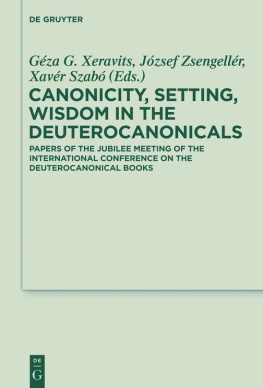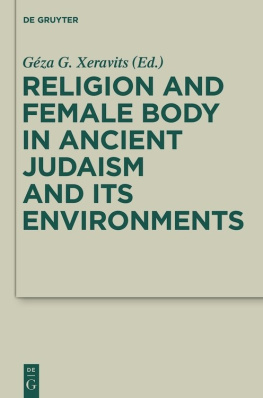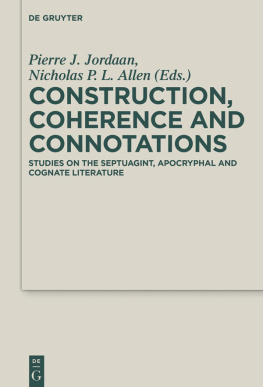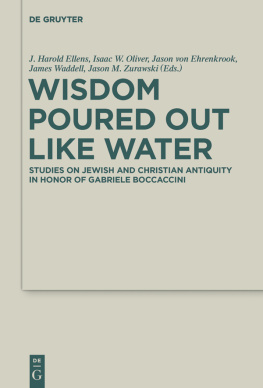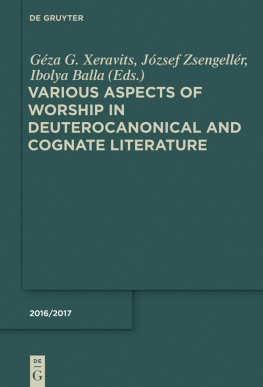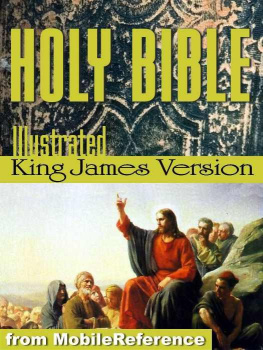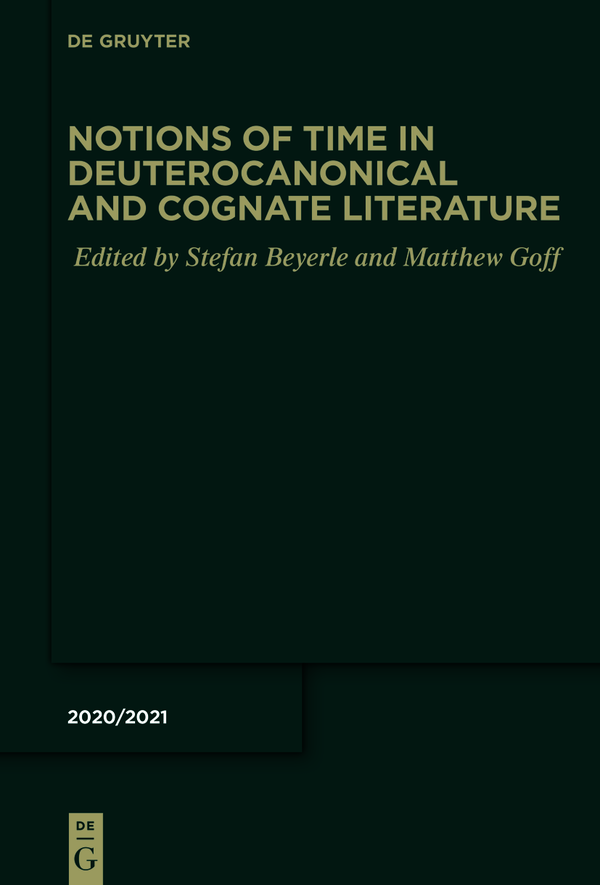Deuterocanonical and Cognate Literature Yearbook
Edited by
Nuria Calduch-Benages
Jeremy Corley
Michael W. Duggan
Renate Egger-Wenzel
Volume 2020/2021
ISBN 9783110702194
e-ISBN (PDF) 9783110705454
e-ISBN (EPUB) 9783110705478
Bibliographic information published by the Deutsche Nationalbibliothek
The Deutsche Nationalbibliothek lists this publication in the Deutsche Nationalbibliografie; detailed bibliographic data are available on the Internet at http://dnb.dnb.de.
2021 Walter de Gruyter GmbH, Berlin/Boston
Notions and Concepts of Time: Introduction
Stefan Beyerle
Matthew J. Goff
This collection of papers records contributions that focus on different notions and concepts of time. To provide a better understanding of these concepts, the authors of the essays in this volume utilize specific methods and approaches including different hermeneutic strategies. The following outline proceeds from more conceptual and general approaches towards specific terminology and literary genres.
Part I: Axial Ages: The Construction of Time in Identity, History and Festivals
First of all, as reflected in recent scholarship, the concept of time, especially within an approach that lays emphasis on questions of perception and structure, is analyzed by discussing problems of construction and organization, such as time and identity, periods of time, festivals, peripeteia or the relationship of space and time. All contributions in the first section of the volume associate aspects of axial or pivotal ages with timelines in a way that focuses on organizational patterns and peripeteia, i.e., a sudden reversal of fortune or change in circumstances.
In his thoughtful and well-structured essay, Benjamin Wright stresses the relationship between time and identity. the Babylonian Exile functions as a kind of trauma, and exilic time tends to reconfigure this trauma and enable people to reimagine the traumatic past and conceive of a restored future. In this way the past and the present collapse. In the penitential prayer the listeners are exhorted to confess their sins the same way the exiled people in Babylon did, and this is presented as the only way to assure a restored future. With the Wisdom of Solomon (chs. 15) the aspect of thanatological time comes into view. The composition's so-called Book of Eschatology does not coalesceor collapsetime, the past and the present, different from aspects of time in Judith, the Letter of Aristeas and the Book of Baruch. In Wis 15 death conveys a temporal quality that dispels the ignorance of the ungodly, while the righteous know that they are already immortal. Therefore, Jewish identity does not rely on tradition but on one's piety and virtuous life-style.
To some extent in the wake of Wright's analyses, Niko Strobach explains the identities of the protagonists in Thomas Mann's novel Joseph and His Brothers, here Jaakob, Eliezer, and Joseph/Usarsiph, with a view to their relationship to certain concepts of time. Mann's Super Midrash on the Joseph Story (Gen 3750) distinguishes between two systems of time: a sun grammar and a moon grammar. Strobach's approach is guided by questions of ontology: do persons exist, and, how do they construct their identity? He wants to bend to the boundaries of what a person was, and how Thomas Mann's novel explores the borderland between myth and timewhat the novel calls, with the view to an I, the borders of flesh and time. Strobach analyses how theoretical insights from Ernst Mach have influenced the narrator(s) in Joseph and His Brothers. Also, thelater publishedassumptions of Derek Parfit perfectly fit in with the positions of the narrator(s). Conclusively, the narrator explains cases of open, or flexible, identity, not of individuality. What is intended by the narrator is a (onto-)logical language game. Ultimately, Thomas Mann's novel seeks an adequate self-image of every person in terms of identity and time.
Martina Kepper provides a comprehensive overview of protology and eschatology in Hellenistic-Roman writings. Her essay starts with a discussion of Hebrew terms: and , both of which imply temporal and spatial nuances.
Rabbinic literature conceptualizes time in an entirely different way. Stefan Reif discusses conceptions of time in early rabbinic religiosity. As a starting point, the paper clarifies the religious and ideological background of the rabbis by looking very briefly at Second Temple Judaism. Most important is Reif's insight that for the rabbis time is a relative and not an absolute concept. While rabbinic literature attests a sensitivity for time as history, the halakhic tradition remains vastly unconcerned with linear or historical concepts of time that are structured in terms of the past, present and future. In mishnaic quotations, broadly discussed, time is associated or connected with the natural world, rituals or human activity. In the second part of his examination, Reif focuses on prayer texts. In sum, the rabbinic notion of time, to some extent, reflects older perceptions that also emphasize relative time structures.
Eve-Marie Becker questions concepts of time in historiographical sources from the Roman empire in the first century CE. Becker, first of all, explains notions of an authoritarian and structured sense of time (Seneca, Ovid or 4Q180). Seneca and Ovid on the one hand and 4Q180 on the other differ in that the Qumran text is non-authorial and eschatological, while the former authors point to a mythic concept of time and history. In early Christianity both approaches are connected. The historiographical concepts of time in first century literature help forge identity (Latin memoria, historia). It is an operation against Time the all-destroying (Arnaldo Momigliano). Many historical writings from the early Roman imperial period are similar to Second Temple Jewish historiographies in that they both are interested in the principle (Greek: aitia) of historia (cf. also already Herodotus). What is more, historiographical narration functioned in antiquity as a means to practice time mastery, for example by providing orientation within the religious and pagan worlds of antiquity.
Christfried Bttrich, Sabine Fahl, and Dieter Fahl address the Slavonic Paleja tradition which dates to the Byzantine period. The authors provide an overview of non-biblical topics and narrations in the shorter version of the chronograph tradition (Kratkaja Chronografieskaja Paleja). In a detailed discussion they give insights into the chronological methods of the so-called compiler of the chronograph tradition, who obviously did not use or create a chronographic system, but compiled chronological pin points from different traditions.
Time is of central importance in the context of feasts and festivals. This relates predominantly to the structural and organizational functions of time. What is more, the connection between these structures and the perception of time also constitutes identities and space: in a given period of time and at a specific location, a more or less clearly defined, particular group of people reconvene to share religious and cultural habits and values. The book of Judith is a significant case in point, because its chronological setting and Jewish reception connects the Maccabean and Hanukkah traditions. However, Nicholas Allen and Pierre Jordaan argue that the fact that in the tale of Judith the Second Temple is saved during the month of Av helps to negate the destruction of the First Temple which is commemorated at the same time of year. If interpreted correctly, it would appear that the Judith tale as espoused in LXX Judith had the original intention to be associated with



